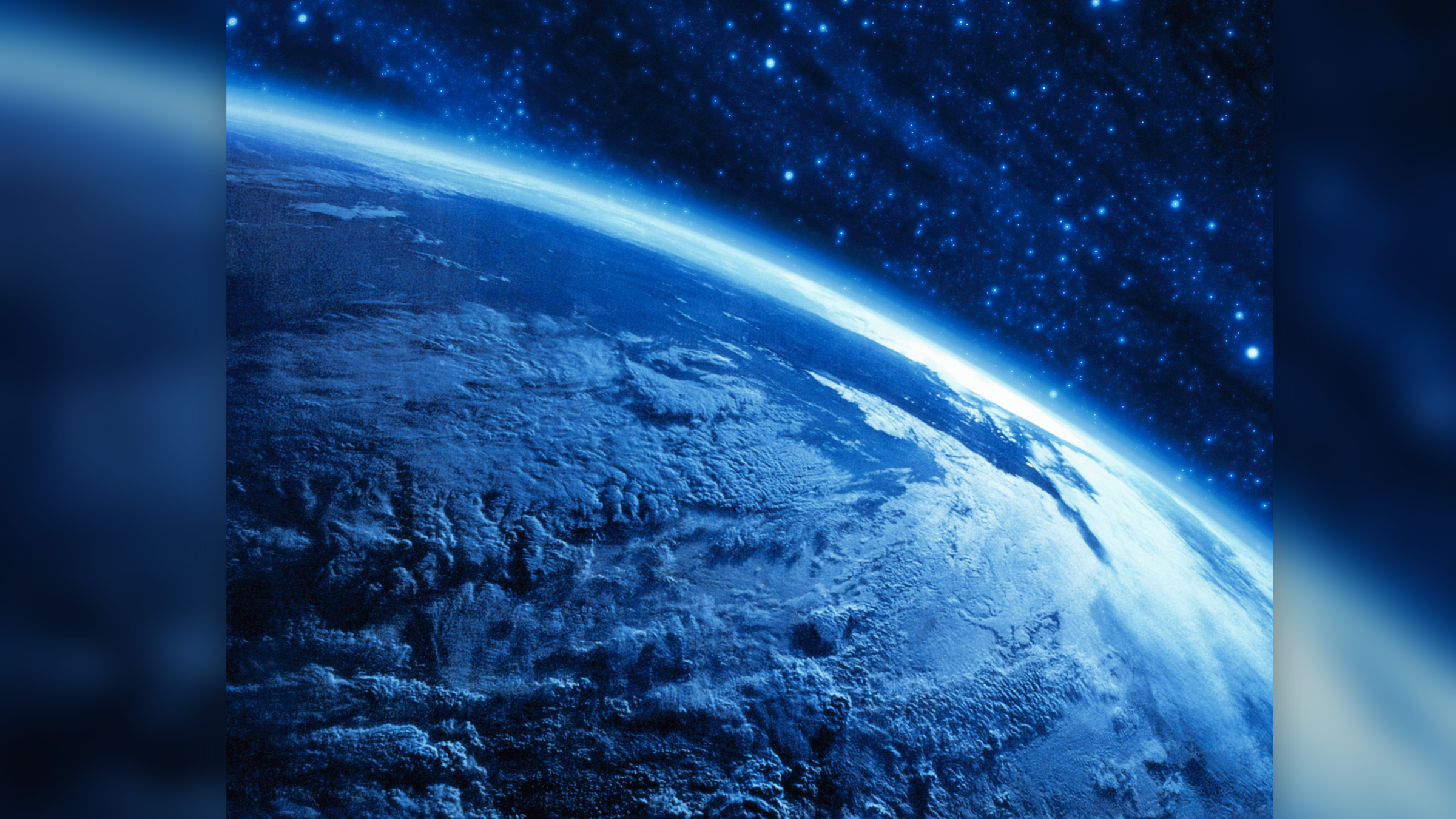
JoAnna Wendel
JoAnna Wendel is a freelance science writer living in Portland, Oregon. She mainly covers Earth and planetary science but also loves the ocean, invertebrates, lichen and moss. JoAnna's work has appeared in Eos, Smithsonian Magazine, Knowable Magazine, Popular Science and more. JoAnna is also a science cartoonist and has published comics with Gizmodo, NASA, Science News for Students and more. She graduated from the University of Oregon with a degree in general sciences because she couldn't decide on her favorite area of science. In her spare time, JoAnna likes to hike, read, paint, do crossword puzzles and hang out with her cat, Pancake.
Latest articles by JoAnna Wendel
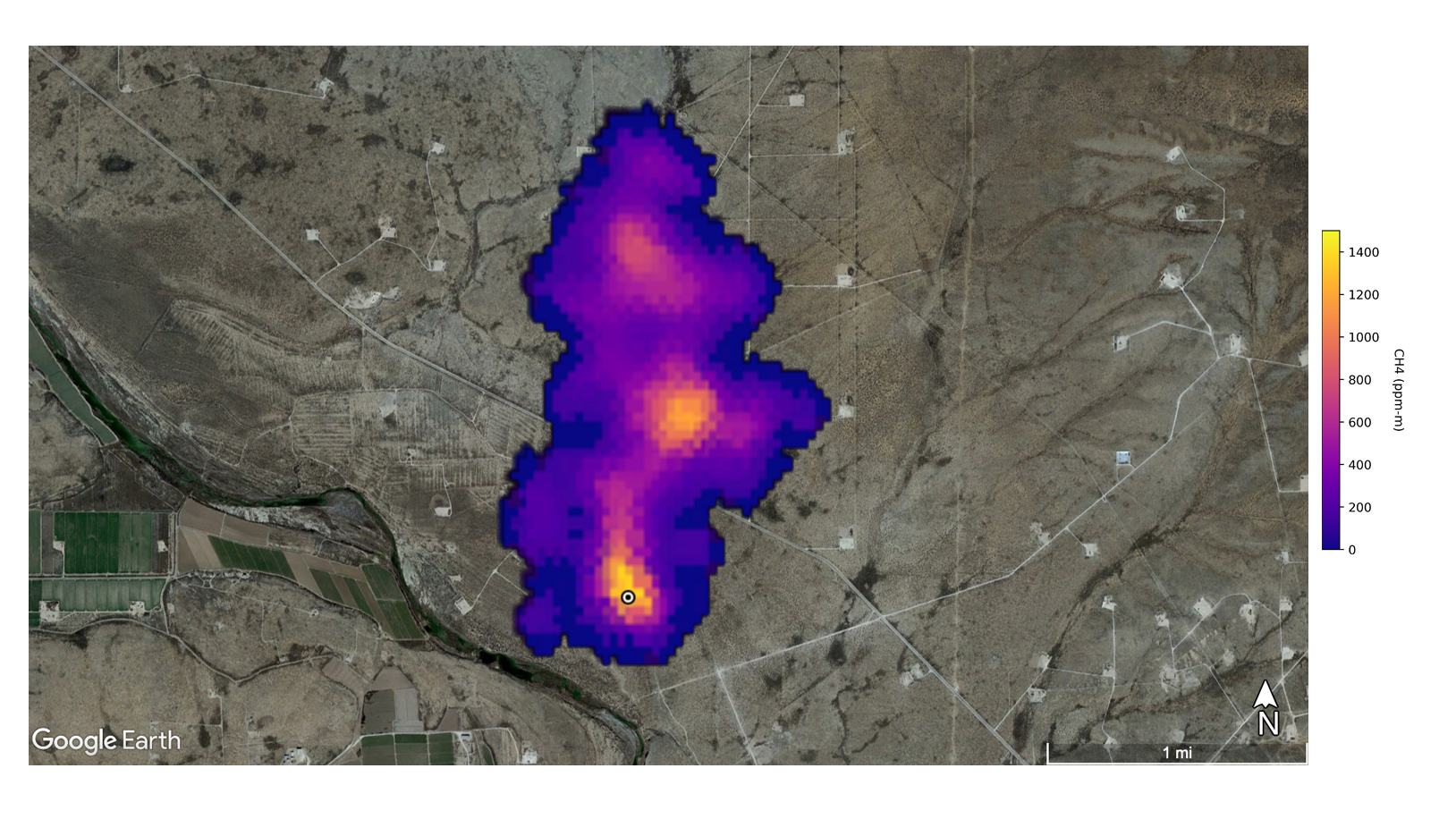
New map of methane 'super-emitters' shows some of the largest methane clouds ever seen
By JoAnna Wendel published
A NASA instrument designed to study dust has revealed that some of the largest methane clouds ever seen are floating over the US, Iran and elsewhere.

Hole in the ozone layer has grown for a 3rd year in a row — but scientists aren’t concerned
By JoAnna Wendel published
The ozone hole is the largest it's been since 2015, but overall it's still decreasing.
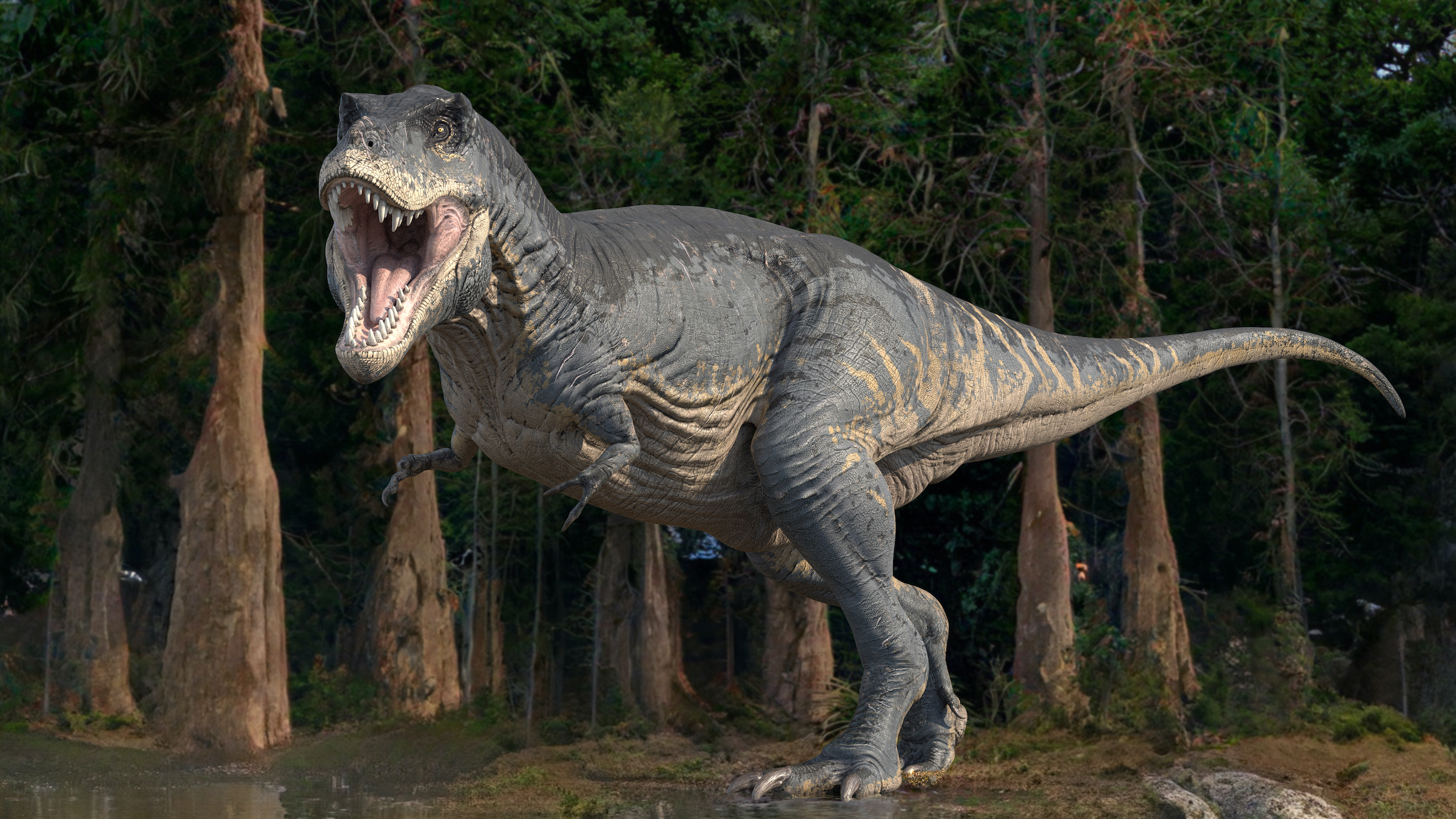
Why did T. rex have such tiny arms?
By JoAnna Wendel published
Tyrannosaurus rex and many of its theropod cousins had large bodies but tiny arms. What gives?

Which animal has the largest head?
By JoAnna Wendel published
The largest head in the animal kingdom likely belongs to the blue whale, while the largest relative to body size comes from an unlikely source.
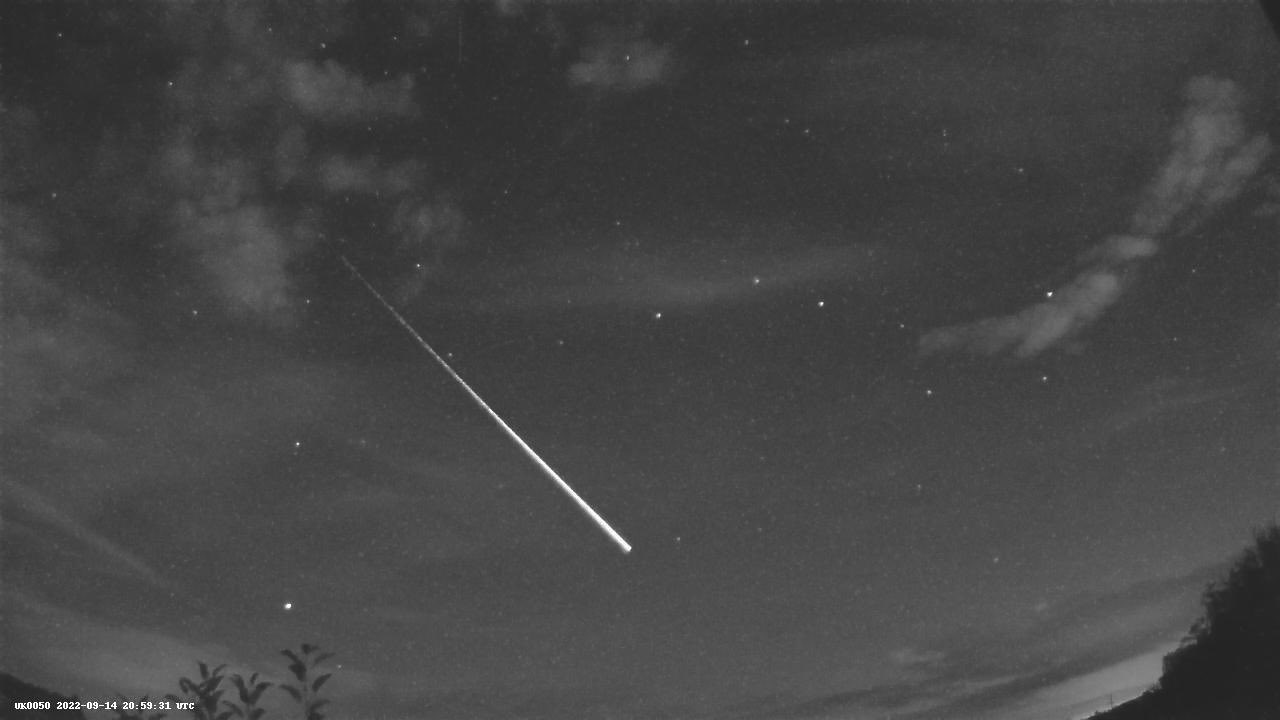
Blazing fireball illuminates skies over Scotland and Northern Ireland
By JoAnna Wendel published
Astronomers say the fireball was likely caused by a space rock the size of a golf ball disintegrating in Earth’s atmosphere.
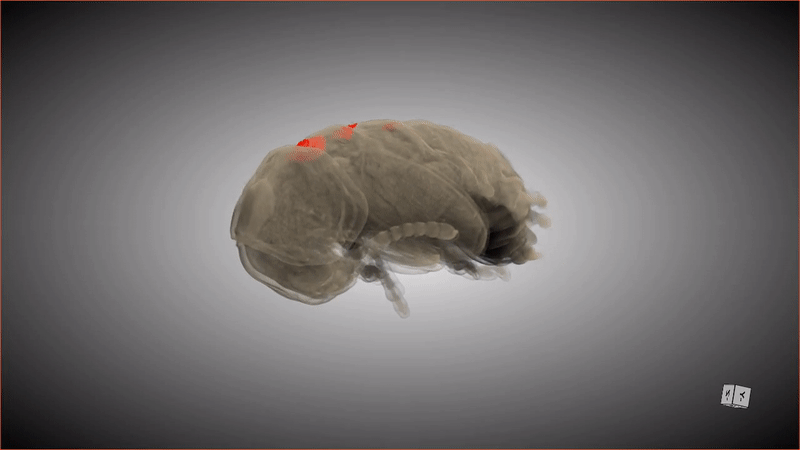
3D scans reveal that beetles have secret pockets on their backs
By JoAnna Wendel published
From the moment they hatch, Lagria beetles carry symbiotic bacteria by stashing them in special pockets.
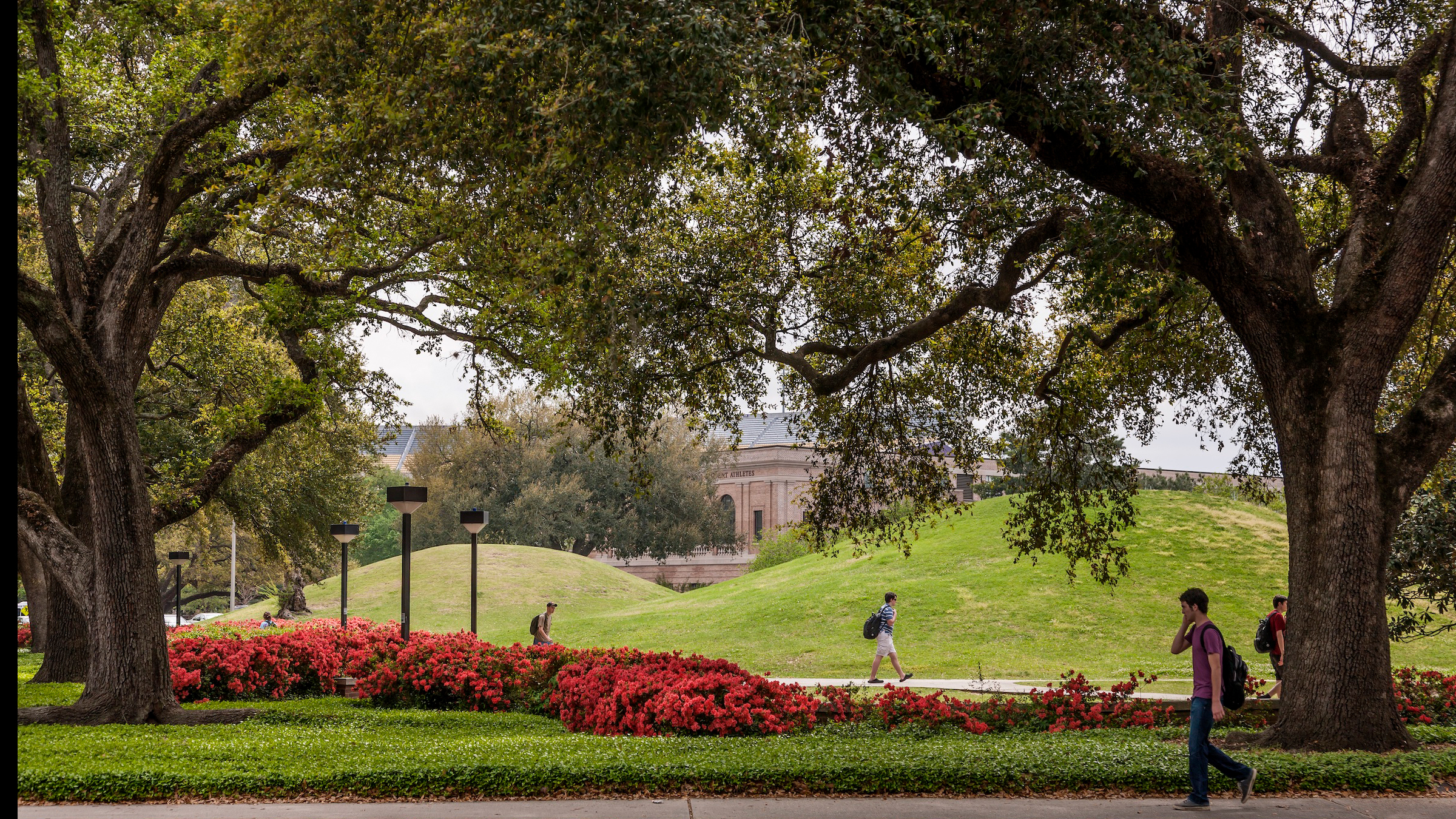
Oldest human-made structure in the Americas is older than the Egyptian pyramids
By JoAnna Wendel published
Sediment cores from the LSU Mounds reveal thousands of years of buildup of clay, ash from burning plants and animal remains.
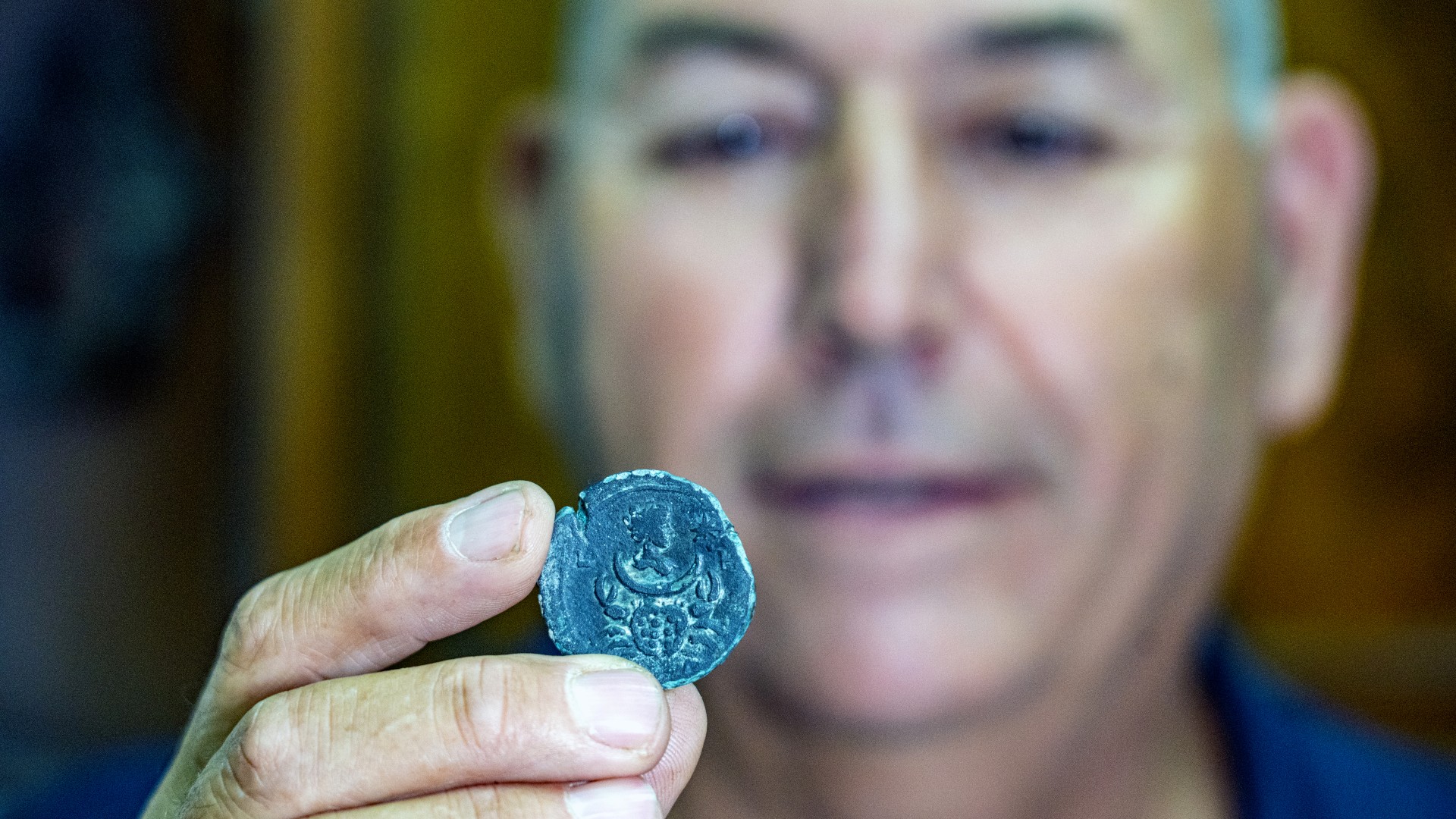
Roman 'Zodiac' coin with cancer sign unearthed in Israel
By JoAnna Wendel published
While exploring off the coast of Israel, archaeologists unearthed a rare astrological bronze coin showing the Roman moon goddess Luna.
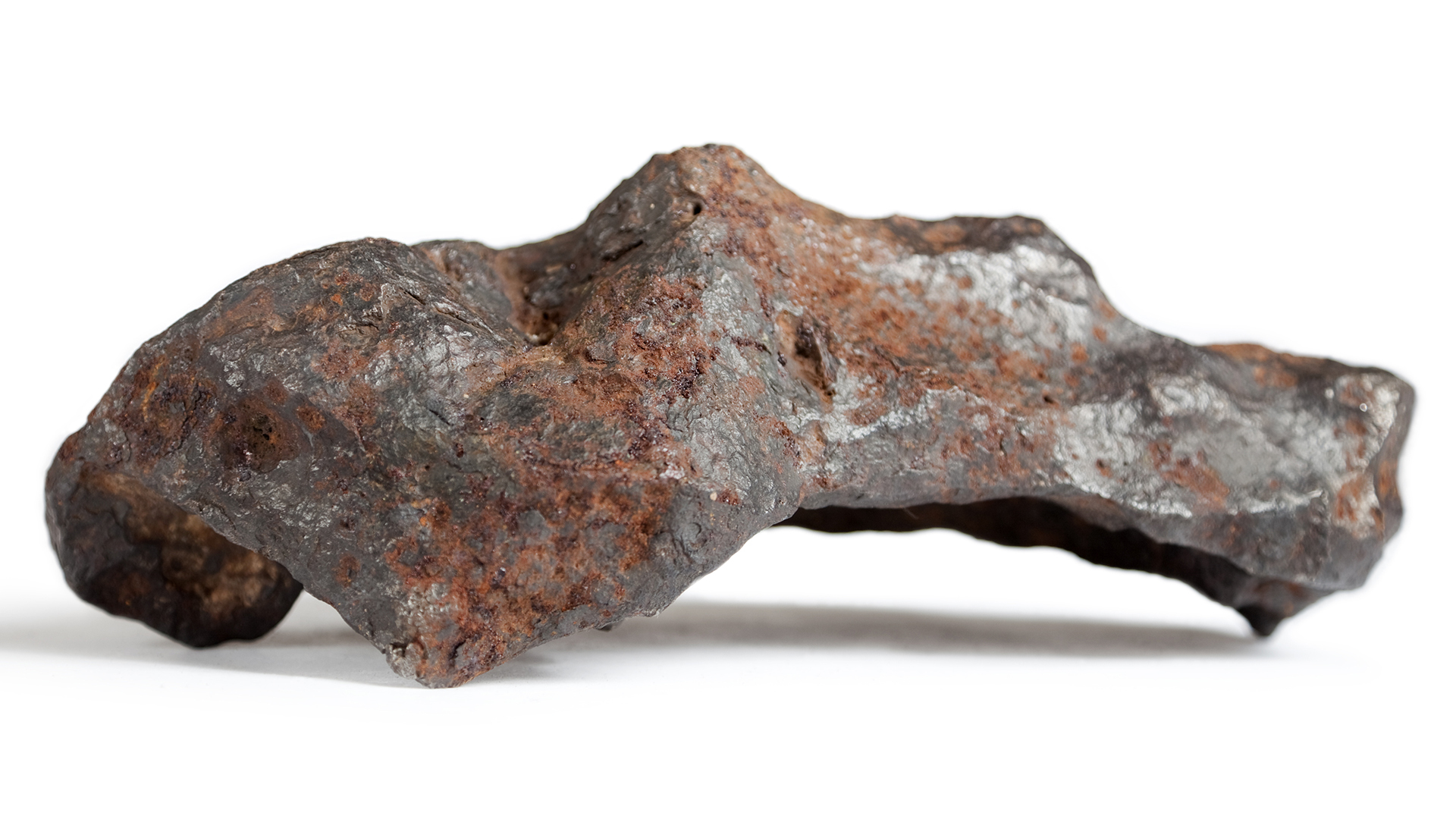
Strange, never-before-seen diamond crystal structure found inside 'Diablo canyon' meteorite
By JoAnna Wendel published
Graphene found interlocked with diamonds inside an ancient meteorite could be the key to superfast, supercharged tech.
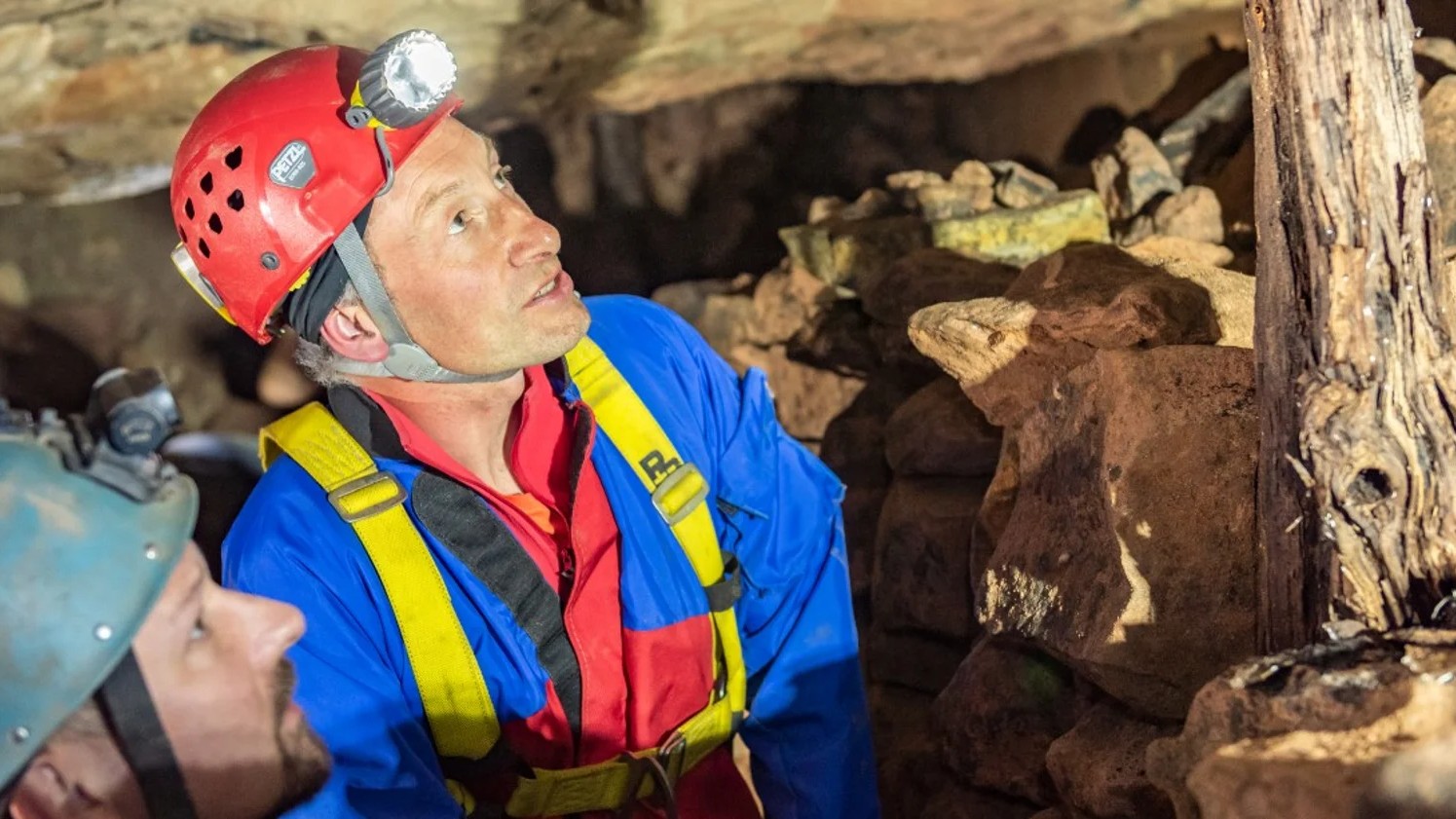
Cave explorers discover a 19th-century mining scene preserved like a time capsule
By JoAnna Wendel published
While exploring an old mine in northwestern England, a group of cavers stumbled upon 200-year-old personal items and equipment left by 19th-century cobalt miners.

What happens in our brains when we 'hear' our own thoughts?
By JoAnna Wendel published
Brain regions that activate when we hear speech out loud are also active when we think about speech.
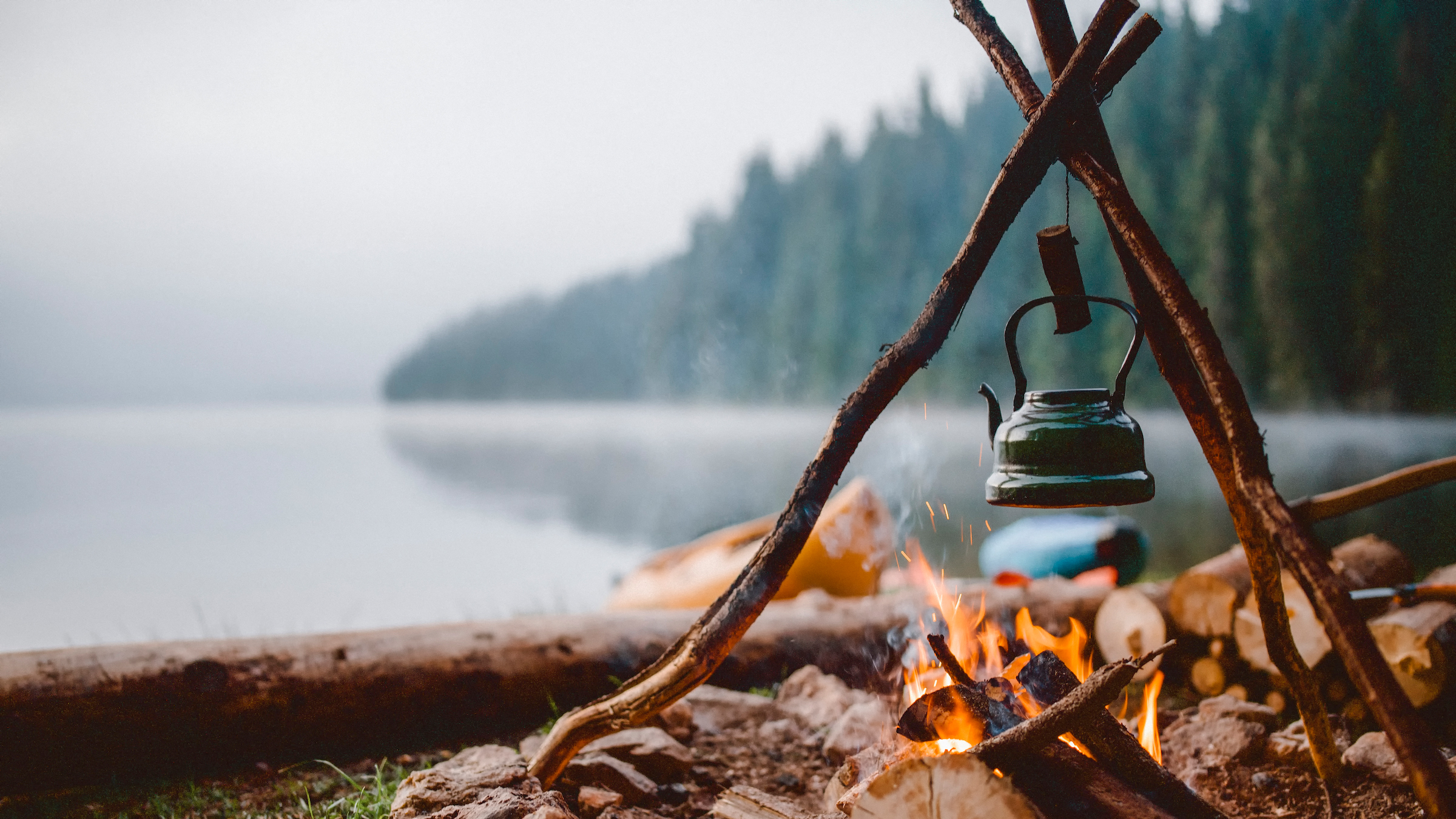
Why does wood catch fire, but metal doesn't?
By JoAnna Wendel published
Burning is the release of energy, and some materials like metals, can absorb energy better than others, such as wood.

How many space rocks hit the moon every year?
By JoAnna Wendel published
Here's how many tiny and large space rocks hit the moon on a regular basis.
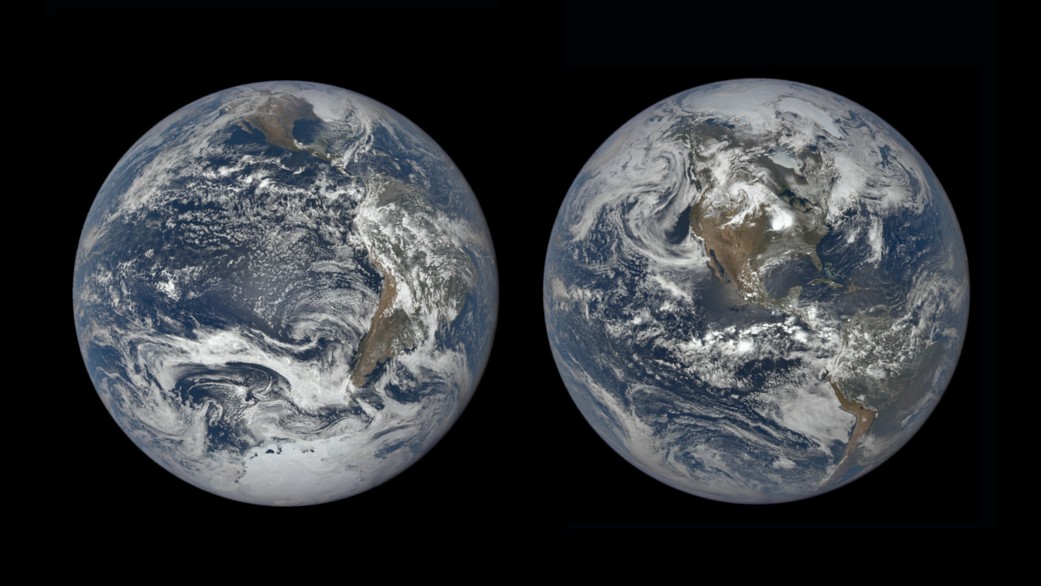
Why isn't Earth perfectly round?
By JoAnna Wendel published
A spinning planet is subject to centrifugal force, which causes its equator to bulge at the sides.
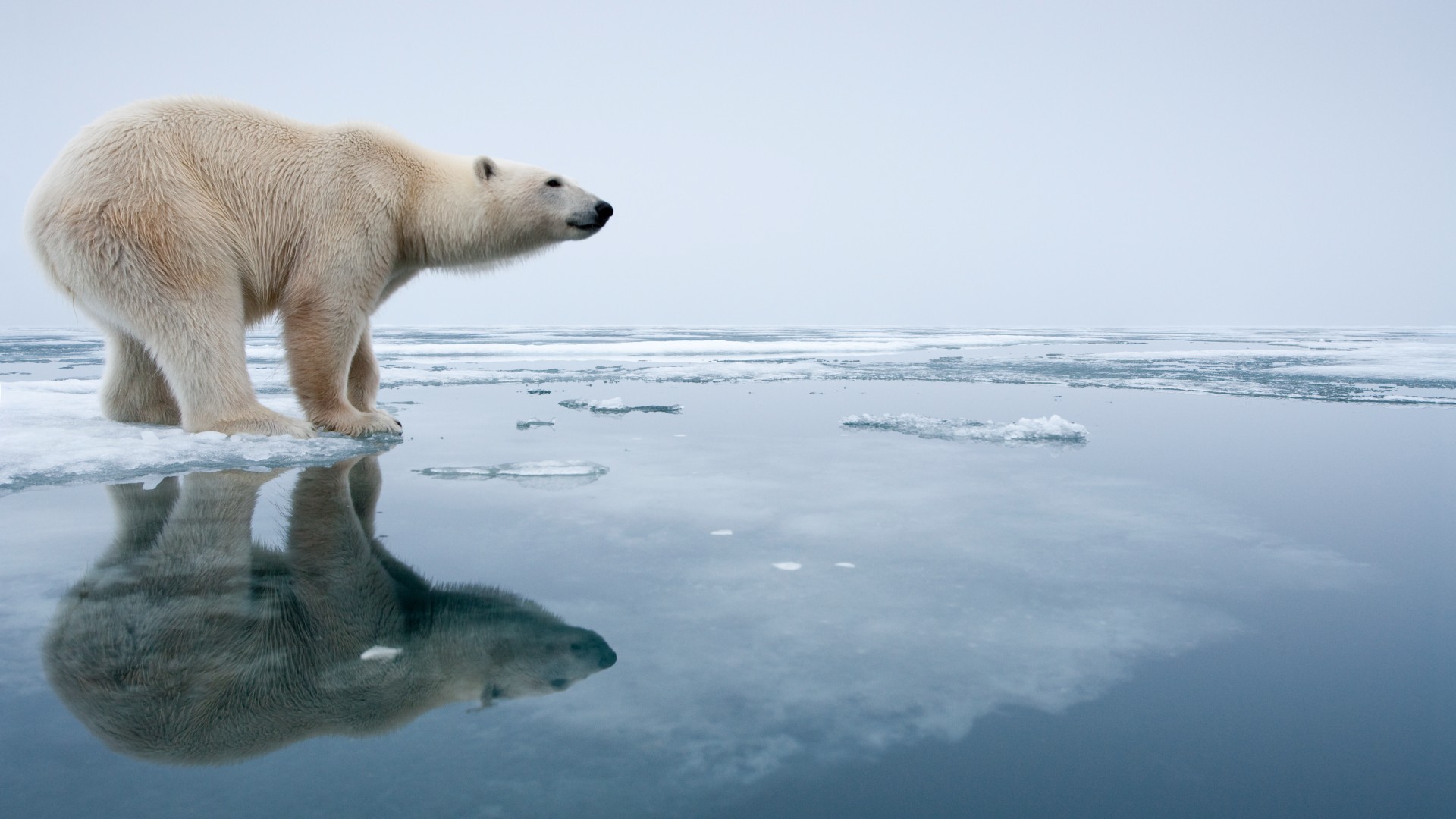
Why aren't there polar bears in Antarctica?
By JoAnna Wendel published
Polar bears evolved during a time when the North and South poles were not connected by ice or land, so they stayed at the North Pole.

Why are asteroids and comets such weird shapes?
By JoAnna Wendel published
Small bodies like asteroids and comets are shaped more by their geological makeup than by gravity, which molds planets and moons into spheres.
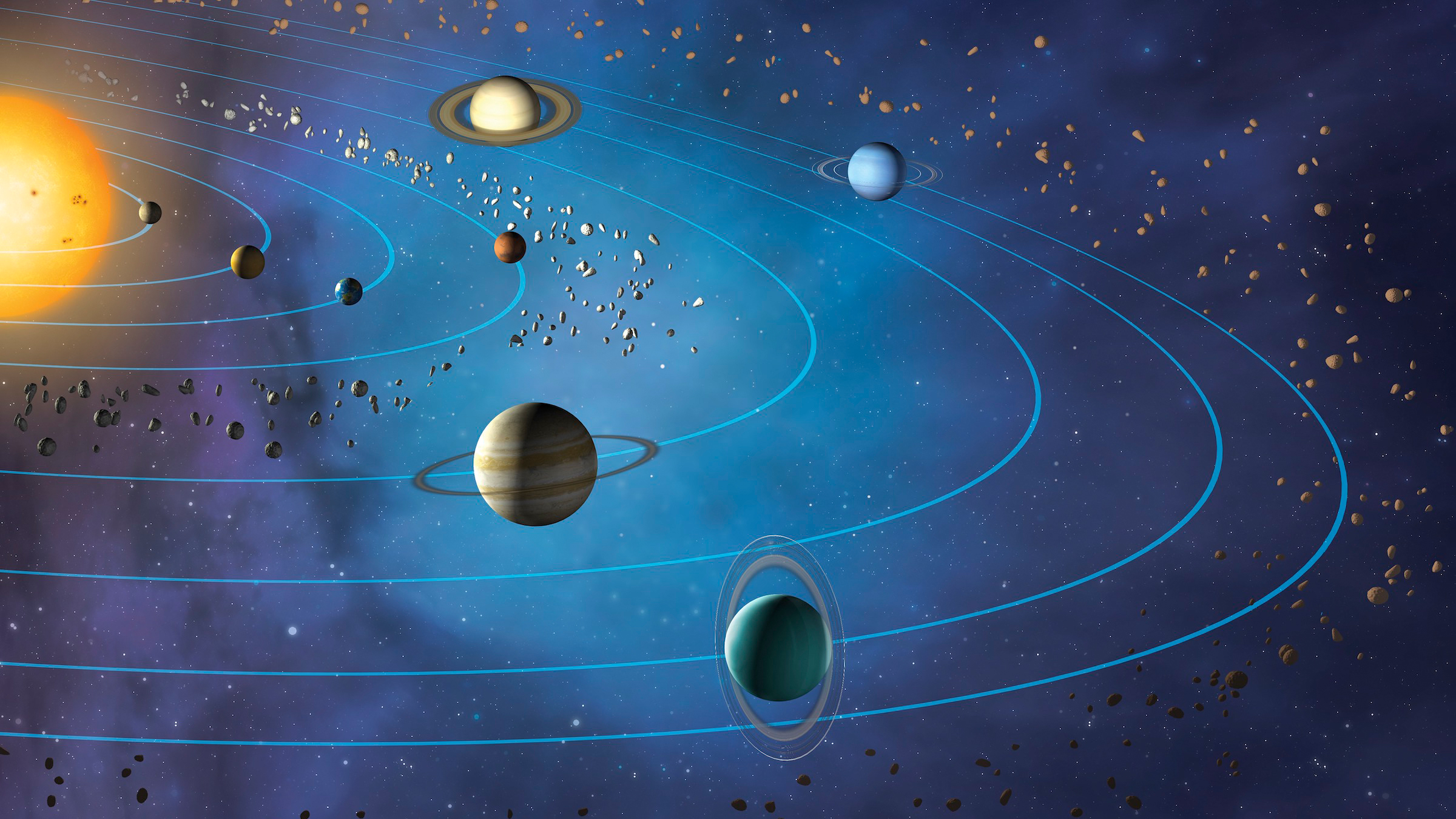
Why do the planets in the solar system orbit on the same plane?
By JoAnna Wendel published
About 4.5 billion years ago, the solar system was just a giant, spinning cloud of gas and dust. Today, it's flat. Here's how that happened.
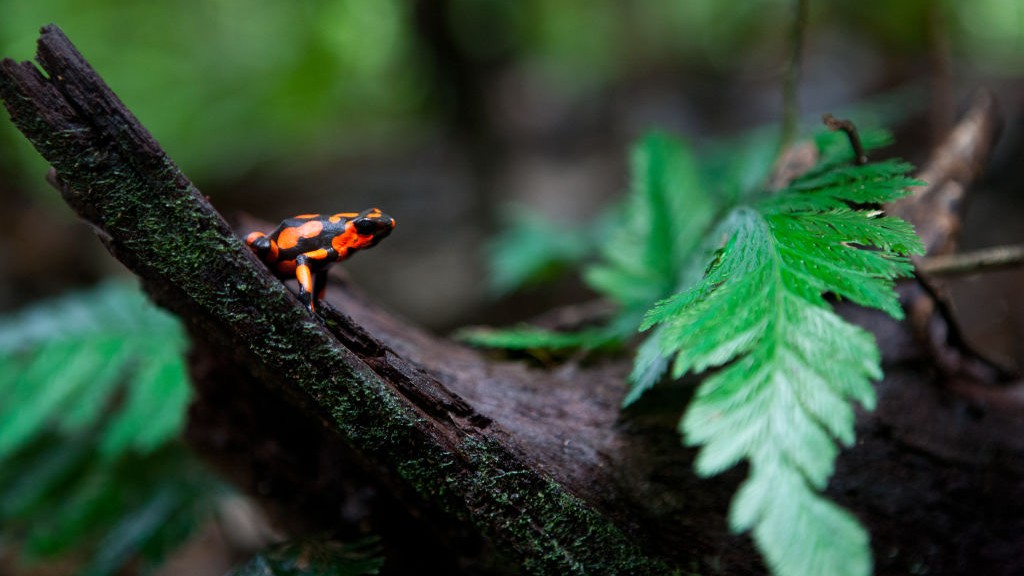
Why don't poisonous animals die from their own toxins?
By JoAnna Wendel published
Some animals, such as poison dart frogs, carry enough toxic chemicals to kill multiple adult humans, but they've evolved tricks to avoid poisoning themselves.

Could a spaceship fly through a gas giant like Jupiter?
By JoAnna Wendel published
These planets are mostly made of gas, but a spaceship would have a rough time trying to get through a giant planet like Jupiter or Saturn.
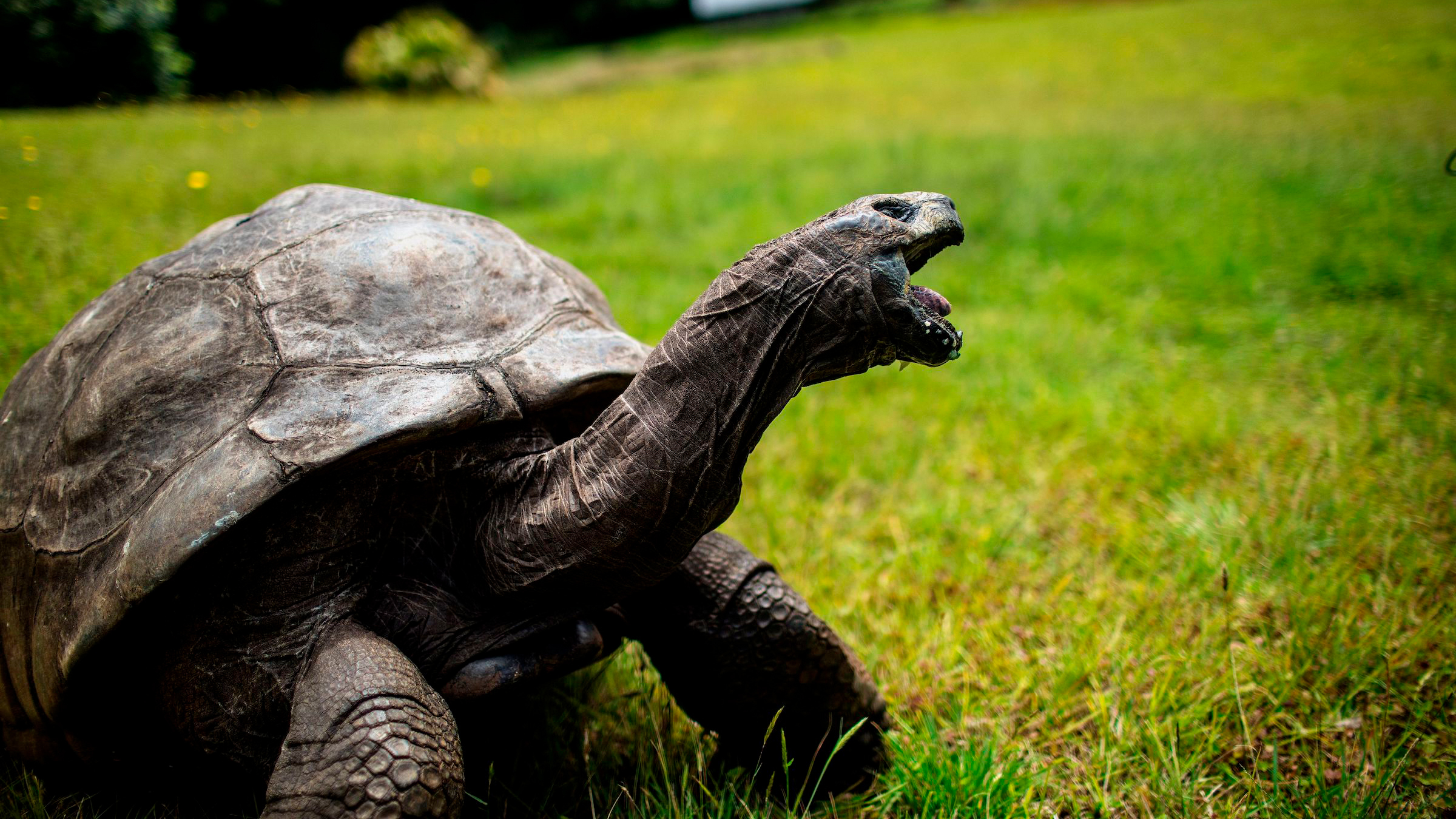
Why do turtles live so long?
By JoAnna Wendel published
Turtles are famous for their long lives. How do they achieve this longevity?
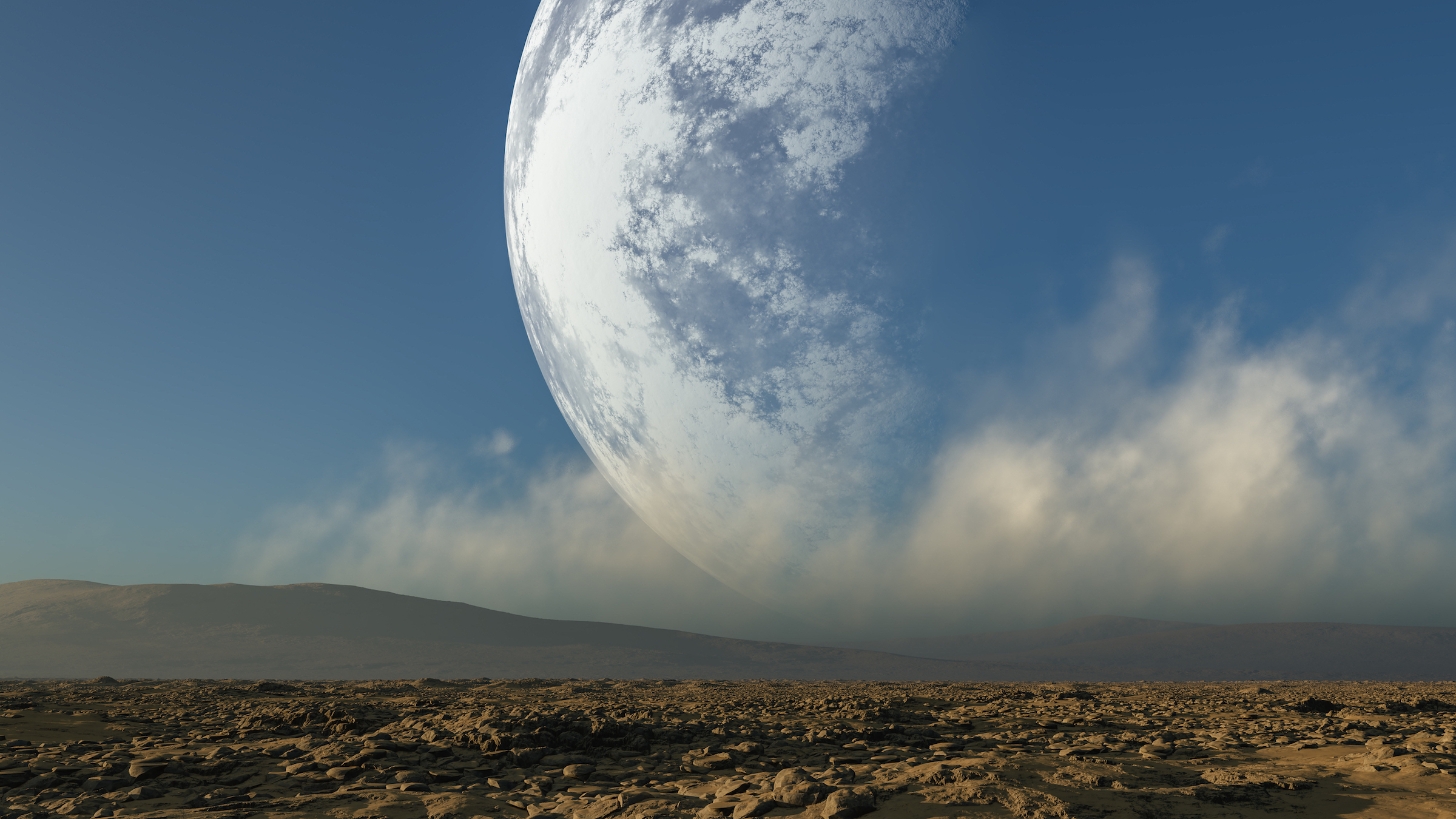
What would happen if the moon were twice as close to Earth?
By JoAnna Wendel published
Higher tides, bigger earthquakes, and more frequent volcanic eruptions would plague the planet.
Sign up for the Live Science daily newsletter now
Get the world’s most fascinating discoveries delivered straight to your inbox.

